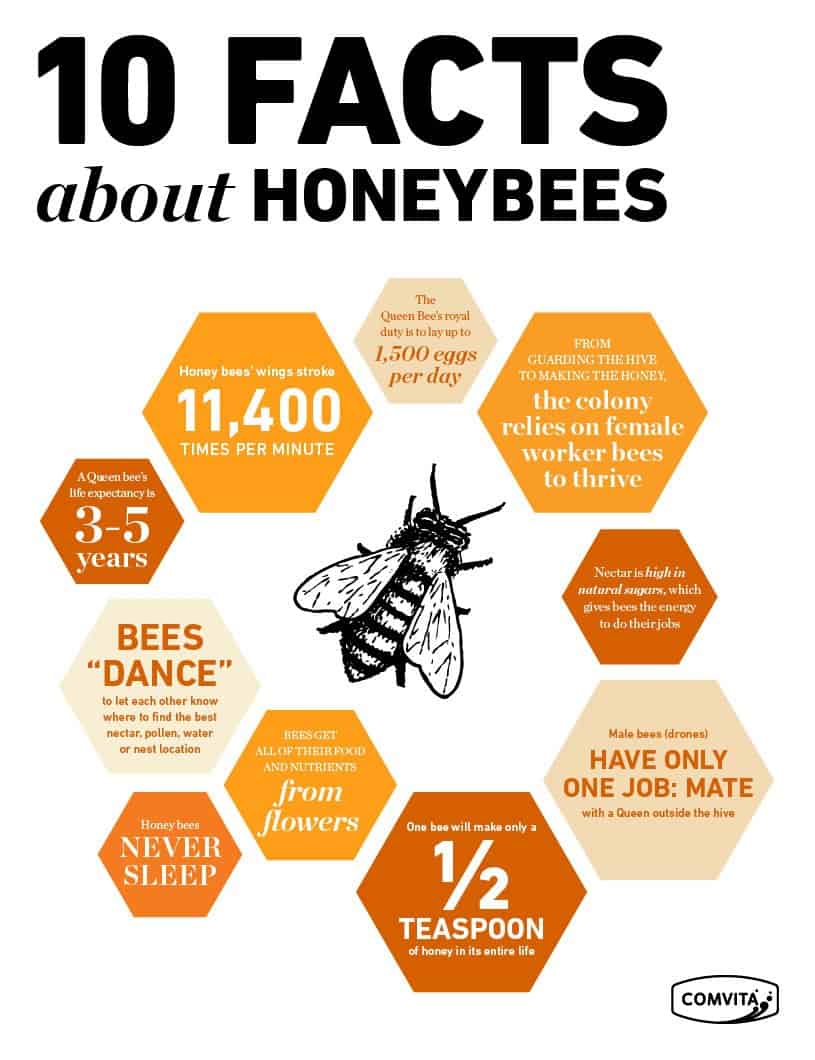Are you a beekeeping enthusiast looking to learn more about worker bees? Worker bees are the most important bee species in a bee colony and play a vital role in the success of a healthy hive. In this article, we will be exploring some fascinating worker bee facts that will help you gain a better understanding of this incredible insect. Discover how worker bees live, interact, and contribute to their colonies as you delve into these interesting worker bee facts.
What is a Worker Bee?
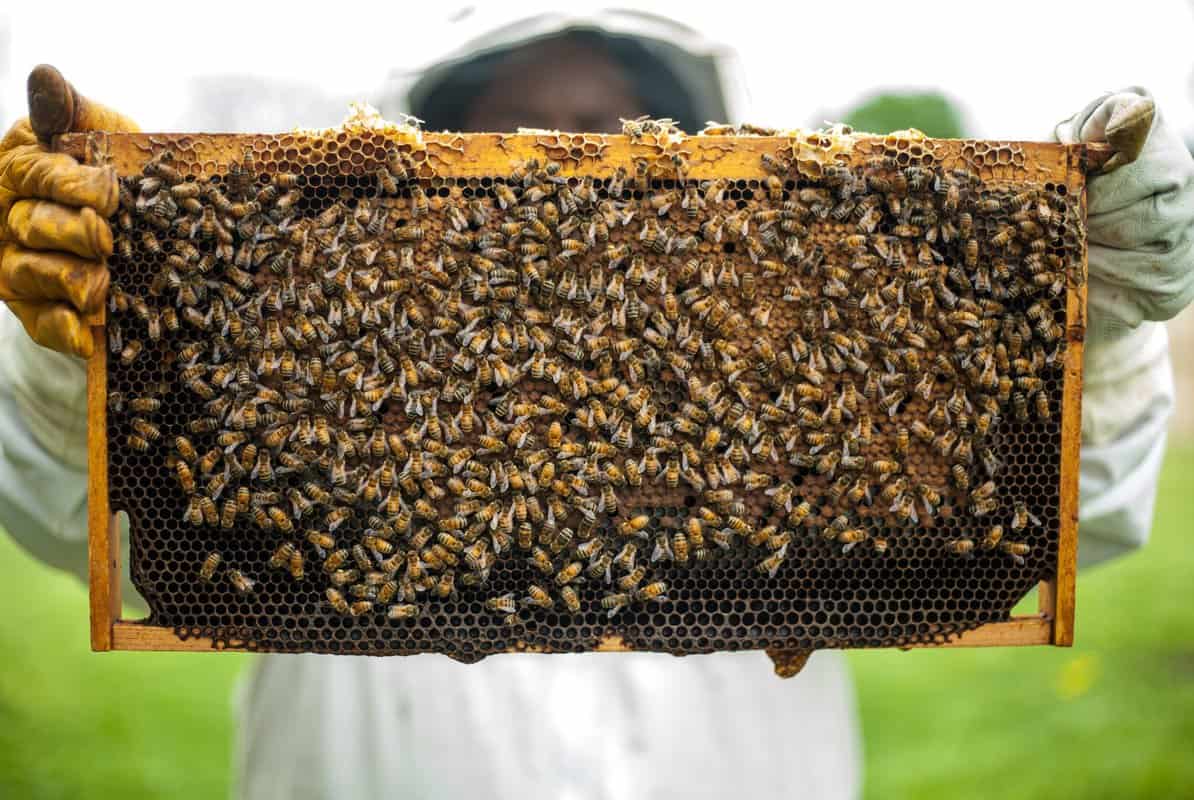
A worker bee is a member of the honey bee colony that is responsible for a variety of tasks in the hive. Worker bees are all female and are the only bees that are capable of stinging. Their primary responsibilities are to collect nectar and pollen, build and maintain the hive, clean, feed the larvae, and guard the hive from intruders. Worker bees live for about six weeks, depending on the season and the availability of food.
Worker bees are able to recognize nectar-bearing flowers and will fly up to five miles in search of the sweet substance. Once the bee finds nectar, it stores it in its crop and returns to the hive. Inside the hive, the nectar is passed from bee to bee until it is concentrated and stored in the honeycomb.
In addition to collecting nectar, worker bees also collect pollen from flowers. Pollen is then mixed with nectar and stored in the hive as food for the colony. Worker bees also produce wax to build the honeycomb and propolis to seal the hive.
Finally, what does a worker bee do for the hive? It is responsible for maintaining the temperature of the hive and protecting it from predators. The worker bees form a tight cluster around the queen bee to maintain the ideal temperature and will fan their wings to circulate air within the hive. They also stand guard at the entrance to the hive and protect the colony from potential threats.
Lifespan of a Worker Bee
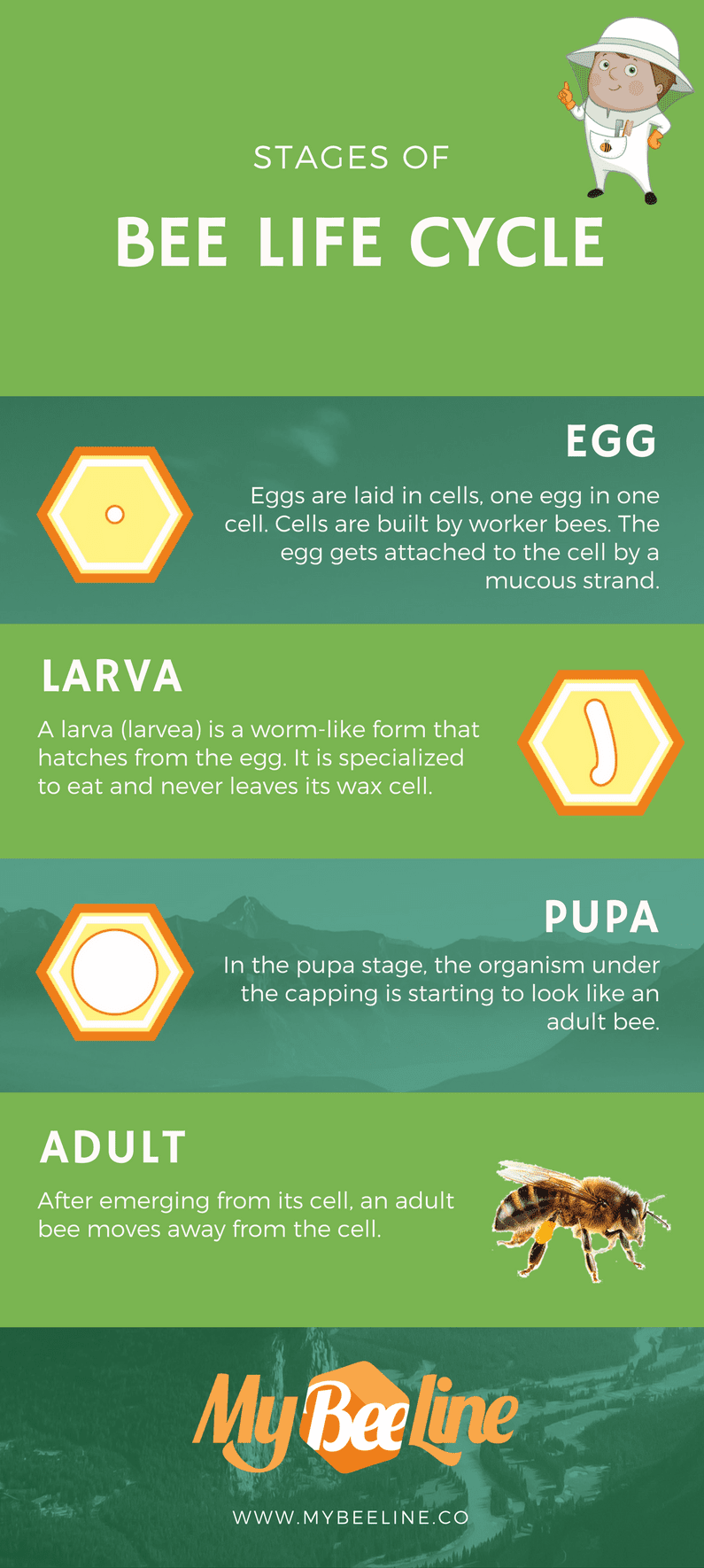
Worker bees are female bees that take care of the hive and its inhabitants. They are the most populous members of the colony and are responsible for many of the hive’s activities such as foraging for food, cleaning the hive, and caring for the larvae. The average lifespan of a worker bee is 6-8 weeks, although some may live longer depending on the season and their roles within the hive.
| Activity | Lifespan (Weeks) |
|---|---|
| Foraging | 3-6 |
| Cleaning | 1-2 |
| Caring for Larvae | 2-4 |
Worker bees typically begin their life in the hive as house bees, performing basic maintenance tasks such as cleaning and caring for the larvae. After a few weeks, they become foragers, flying out of the hive to collect nectar and pollen. This is the most dangerous and energy-intensive part of their job, and they usually only last 3-6 weeks before dying from exhaustion.
Once the worker bee’s energy is depleted, they return to the hive and become nurse bees, caring for the larvae until they are ready to emerge as adults. This activity is less physically taxing, and nurse bees can last anywhere from 2-4 weeks before their life cycle is complete.
No matter how long they last, worker bees play an invaluable role in the health and success of a hive. They are the backbone of the colony and are essential to its survival. Without them, a hive would quickly become overcrowded and unable to sustain itself.
Role of Worker Bees in a Hive
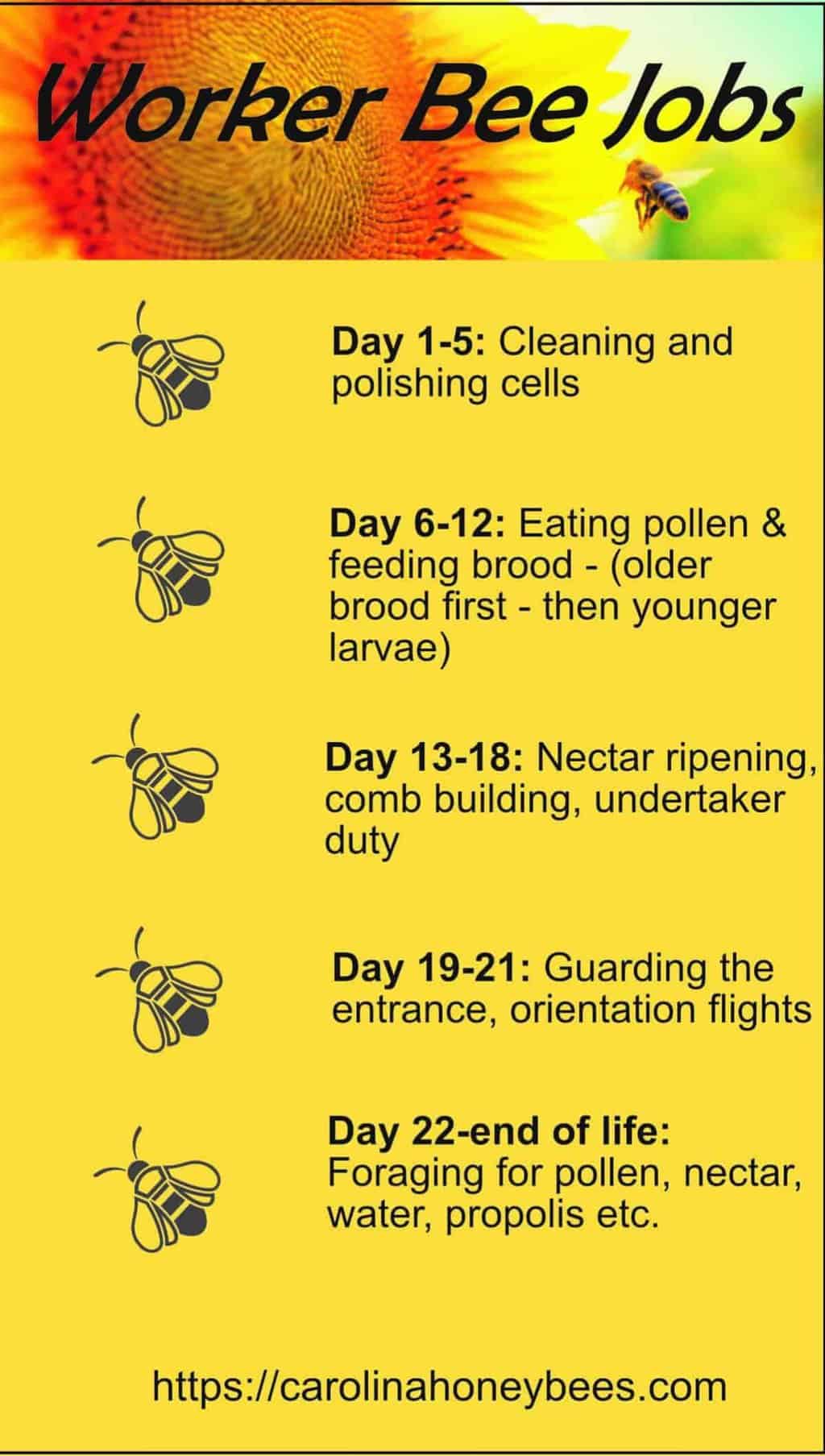
- Lifespan: Worker bees typically live for 6 weeks during the summer months and 4 months during the winter.
- Flight: Worker bees fly out of the hive to forage for food and water and to collect nectar, pollen, and propolis. They can travel up to three miles in search of food.
- Communication: Worker bees communicate by dancing to indicate the direction and distance of a food source or to alert other bees of danger.
- Construction: Worker bees build wax combs and maintain the hive. They also cap cells with wax to protect the larvae.
- Caring for Larvae: Worker bees are responsible for feeding the larvae bee food, which is a mixture of honey, pollen, and secretions from their mouths.
- Cleaning: Worker bees clean and regulate the temperature of the hive by fanning their wings and removing debris.
- Guard Duty: Worker bees stand guard at the entrance of the hive, defending against predators and other intruders.
Worker Bee Diet
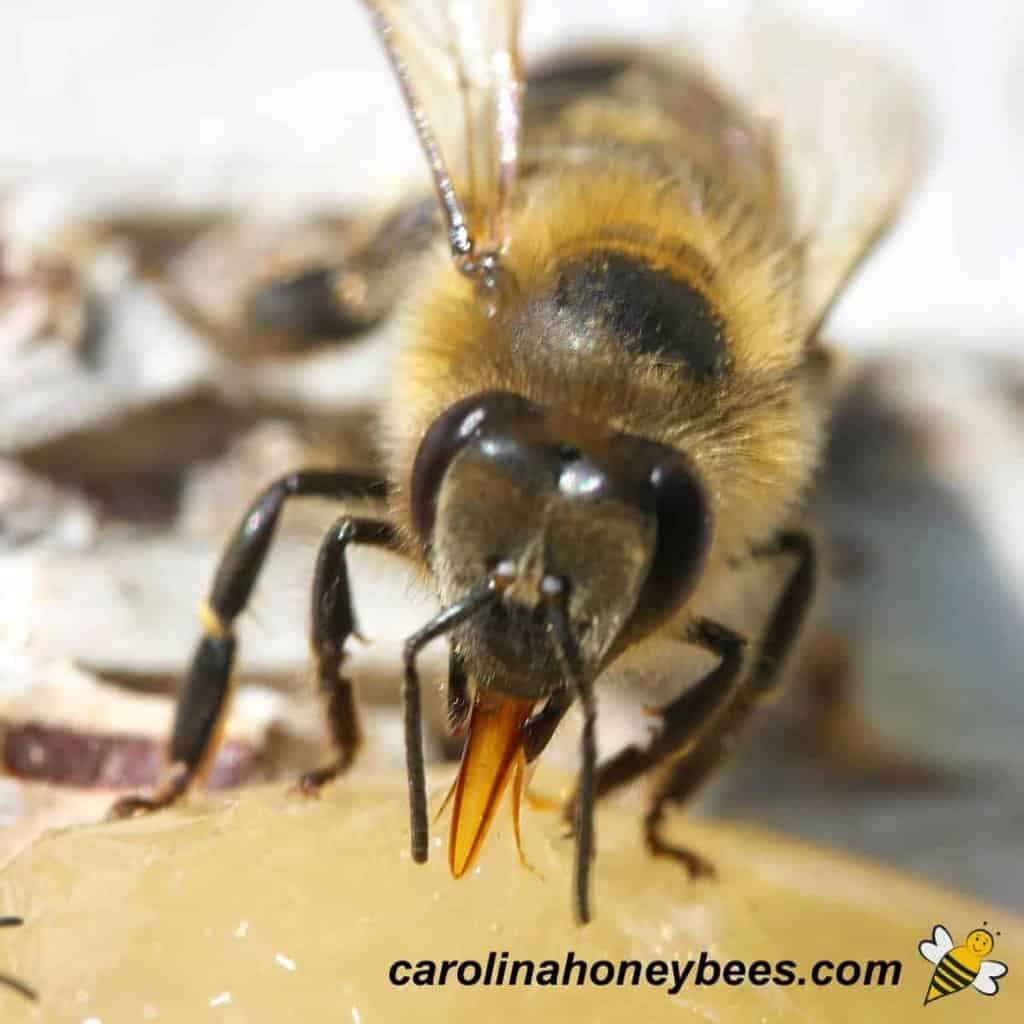
1. Pollen and Nectar
- Worker bees collect pollen and nectar from flowers to bring back to the hive.
- Pollen is a vital part of the worker bee diet and is used as a protein source.
- Nectar is a sugary solution produced by flowers and is used to make honey.
2. Honey
- Honey is the main source of food for worker bees.
- It is stored in the hive and used when food is scarce.
- Worker bees use enzymes in their saliva to break down the nectar into honey.
3. Bee Bread
- Bee bread is a mixture of pollen and honey that worker bees use as food.
- It is stored in the cells of the hive and is fed to the larvae.
- It is rich in proteins, vitamins and minerals that help the bees stay healthy.
4. Royal Jelly
- Royal jelly is a substance that is produced by worker bees.
- It is fed to the queen bee and is high in proteins, vitamins and minerals.
- It helps the queen bee to lay more eggs and keeps her healthy.
How Worker Bees Communicate
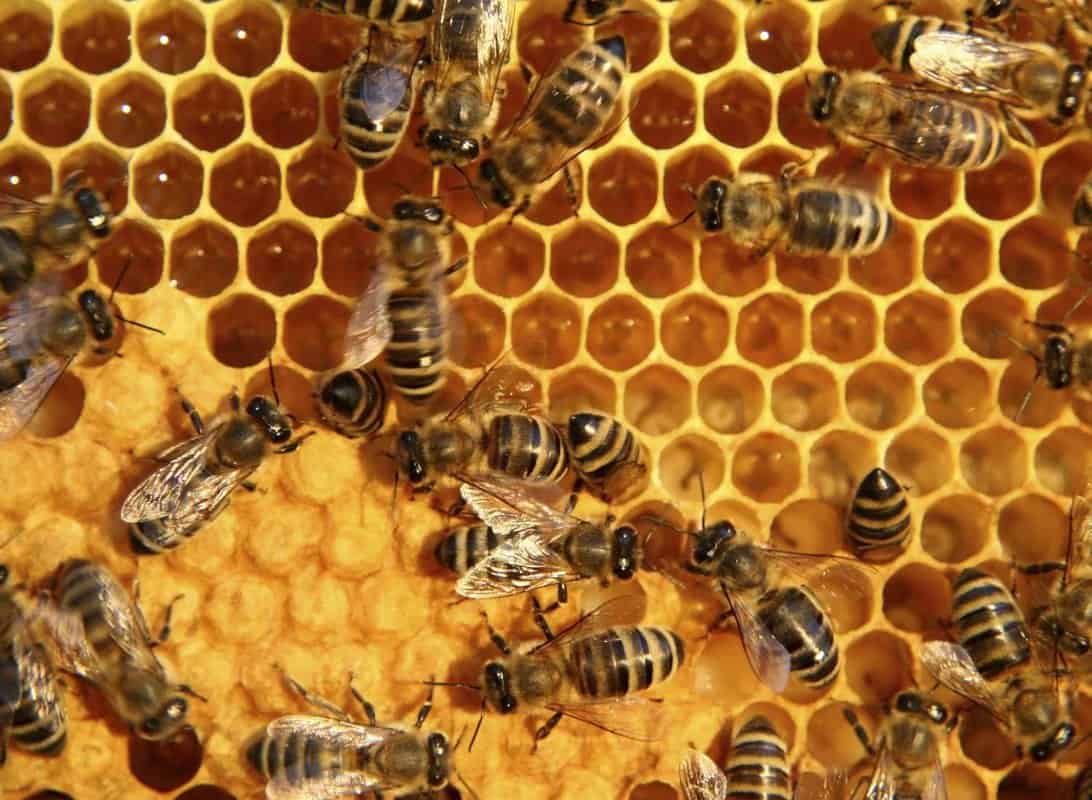
Worker bees communicate with each other through a complex system of dances. They perform different dances to indicate the direction and distance of a food source, as well as other vital information.
Waggle Dance: The most commonly known dance is the waggle dance, which is used to indicate the location of food sources. During the waggle dance, a bee moves in a figure 8 pattern, with the vertical part of the 8 indicating the direction of the food source. The duration of the vertical part of the dance is proportional to the distance the bee needs to travel to reach the food source.
Round Dance: The round dance is used to indicate a food source is close by. During this dance, the bee will move in a circular motion and can be seen as an invitation to join the search for food.
Shake Dance: The shake dance is used to indicate that a food source has been found. During this dance, the bee will vibrate their body and move their head up and down rapidly. This is an invitation to the other worker bees to join in collecting the food.
Tremble Dance: The tremble dance is used to indicate to the other worker bees that they are low on energy and need more food. The bee will vibrate and hover in one spot while they do this dance.
Buzz Run: The buzz run is used to indicate the direction and distance to a food source. The bee will run in a straight line and vibrate their body, with the duration and speed of the vibrating indicating the distance the bee needs to travel to the food source.
By using these dances, worker bees are able to quickly and effectively communicate with each other and ensure the hive is successfully fed.
Worker Bee Reproduction
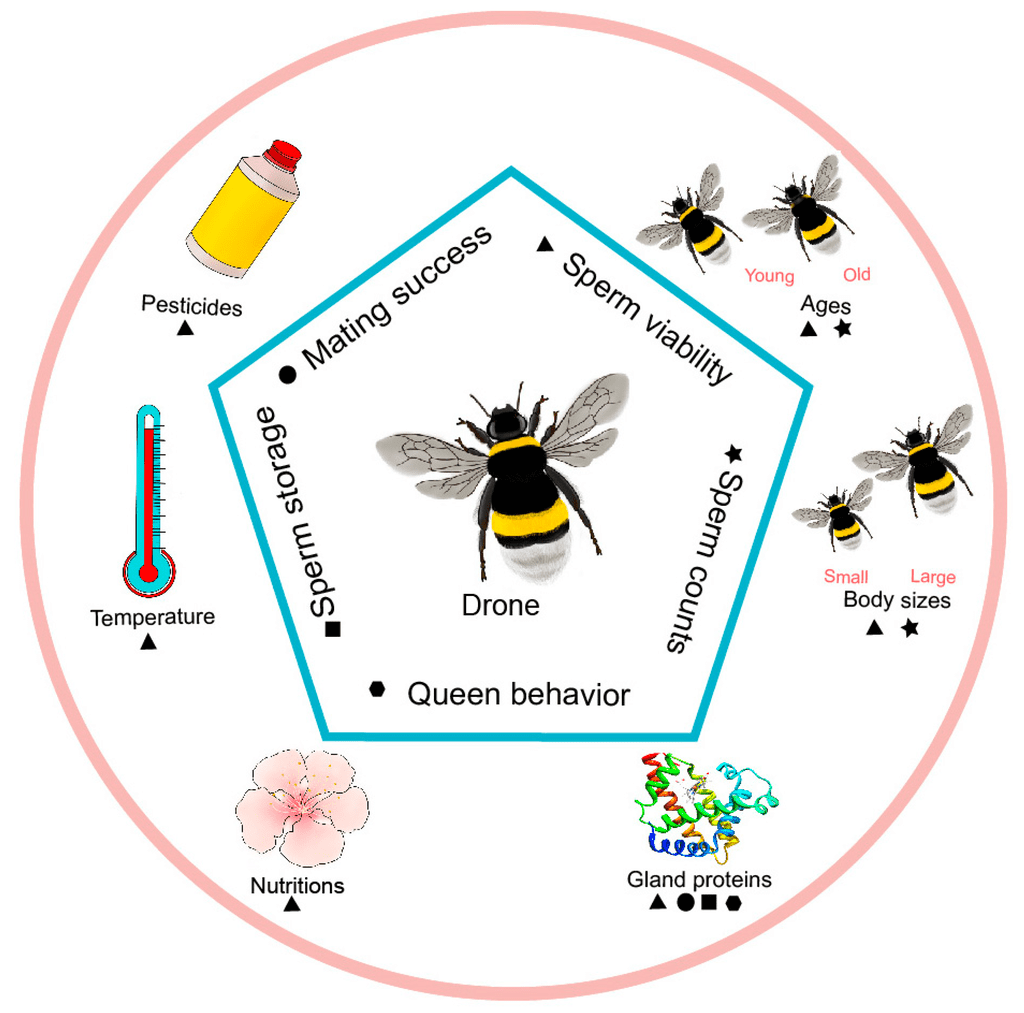
Worker bees are female bees, and they are the only ones capable of reproduction. Worker bees use their ovipositors to lay eggs inside the cells of the honeycomb. In order to lay eggs, the worker bee will fill her stomach with royal jelly and then enter a cell. Once she is inside the cell, she will lay an egg and then use her ovipositor to spread the royal jelly over the egg.
Worker bees can lay both fertilized and unfertilized eggs. Fertilized eggs become female worker bees and unfertilized eggs become male drones. Worker bees usually lay eggs for three weeks and then stop until the next season. The eggs take three days to hatch, and larvae will emerge from the cell.
The larvae are fed by worker bees and given royal jelly. The larvae will pupate and become adults within two weeks. The adults will emerge from the cells and start working immediately. Worker bees can live up to nine months, but the average lifespan is six to eight weeks.
Once the worker bees die, they are replaced by the new generation of worker bees. This cycle of reproduction ensures the continuity of the hive and its population.
Worker Bees’ Special Abilities
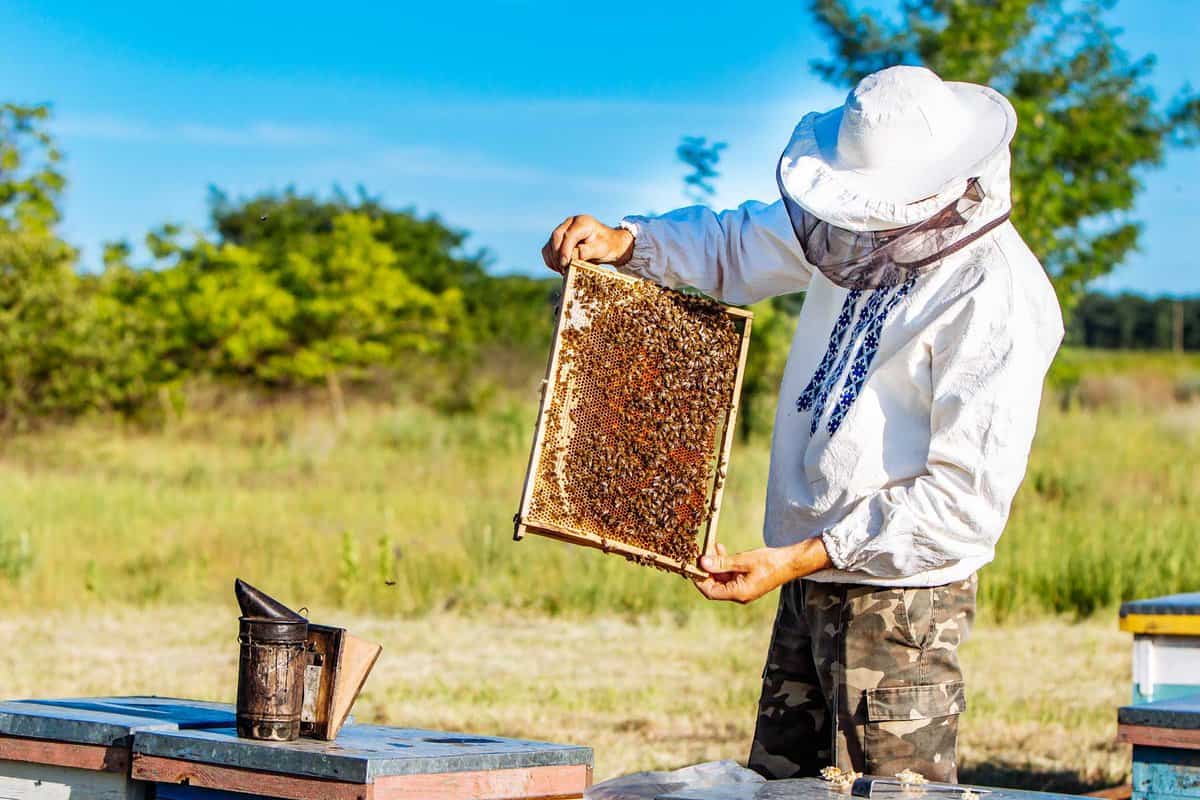
| Ability | Description |
|---|---|
| Pollination | Worker bees collect the nectar of flowers and, in the process, pollinate them. |
| Cleansing | Worker bees clean their hive by removing dead or sick bees, as well as debris. |
| Building | Worker bees are responsible for constructing and maintaining the hive. |
| Defending | Worker bees act as guards, protecting the hive from intruders. |
| Communicating | Worker bees are able to communicate information about food and danger to other bees in the hive. |
| Foraging | Worker bees collect food and water to bring back to the hive. |
Worker bees are the most numerous members of a honey bee colony and are responsible for carrying out a variety of tasks necessary for the well-being of the hive. These tasks include pollination, cleansing, building, defending, communicating, and foraging.
Pollination is the process of transferring pollen from the male anther of a flower to the female stigma, allowing for seed production and plant reproduction. Worker bees collect the nectar of flowers and, in the process, pollinate them.
Worker bees also clean their hive by removing dead or sick bees, as well as debris. This helps to maintain a healthy and hygienic environment.
In addition, worker bees are responsible for constructing and maintaining the hive, as well as protecting it from intruders. They also communicate information about food and danger to other bees in the hive.
Finally, worker bees are responsible for collecting food and water to bring back to the hive. These resources are essential for the colony’s survival.
Benefits of Worker Bees to Humans
- Pollination: Worker bees play a vital role in pollination, a process that is essential to the production of various food crops, fruits, and vegetables. These bees are equipped with specialized body parts that allow them to collect and transport pollen from flower to flower.
- Honey and Beeswax: Worker bees produce and store honey and beeswax in the hive, which is harvested by beekeepers and used in a variety of commercial products. Honey has been used for centuries as a natural sweetener and is a popular ingredient in many products. Beeswax is used in cosmetics, candles, and more.
- Agricultural Solutions: Worker bees are also used in agricultural settings, such as greenhouses, to pollinate crops and increase yields. Additionally, beekeepers often introduce hives of worker bees into orchards and other crop-producing areas to help increase the productivity of the area.
- Natural Pest Control: Worker bees can help to naturally control pests in agricultural settings by consuming pest larvae and eggs, thus helping to reduce the need for chemical pesticides.
Worker bees perform a variety of important tasks that are beneficial to humans. From helping to pollinate crops to providing natural pest control, worker bees play an important role in the health and productivity of many agricultural areas. With proper care and management, beekeepers can ensure that their hives of worker bees remain healthy and productive for years to come.
Frequently Asked Questions
What roles do worker bees have in a beehive?
Worker bees are the most important members of a beehive, as they are responsible for many of its daily activities. They are responsible for foraging for nectar, pollen, and water to bring back to the hive. They also produce and store honey, construct wax comb, and take care of the larvae. Worker bees also defend the hive against predators and regulate the temperature and humidity of the hive. They are the only bees to leave the hive and their role is essential for the colony’s survival.
What is the Average Lifespan of a Worker Bee?
- Worker Bees Live for 6-8 Weeks – The average worker bee will live for 6-8 weeks. During this time they will go through several stages of development, such as larvae, pupae and adult.
- Worker Bees Spend Most of Their Lives Working – During their short lives, worker bees will spend most of their time working. They will forage for food, clean the hive, build wax comb, feed the queen and larvae and guard the hive.
- Worker Bees Can Live Longer in Captivity – Worker bees can live longer if they are kept in captivity. They can live up to 12 weeks if they are provided with adequate nutrition and kept in a safe environment.
- Old Age and Disease Shorten the Lifespan of Worker Bees – The lifespan of worker bees can be shortened due to old age and diseases. Diseases such as the Varroa mite can reduce the lifespan of worker bees.
How do worker bees communicate with one another in a beehive?
- Dancing – Worker bees often use a special type of dance called the “waggle dance” to communicate with each other in the hive. This dance is used to share important information such as the location of food sources or a new nest site.
- Pheromones – Worker bees also use pheromones to communicate with one another in the hive. They produce pheromones to alert other bees when food sources are nearby or when there is danger in the area.
- Touch – Worker bees also communicate with one another through touch. When a worker bee touches another worker bee, it is usually an indication of approval or acceptance.
- Sound – Worker bees also communicate with one another using sound vibrations. They produce a humming sound that is used to alert other bees to the presence of food sources or danger.
Worker bees are essential to the survival of the hive, and they rely on communication to ensure the success of the colony. Through dancing, pheromones, touch, and sound, worker bees are able to share important information with one another that helps to keep the hive functioning properly.
How do worker bees collect food?
- Nectar Collection: Worker bees collect nectar from flowers using their proboscis. Nectar is a sugary liquid that is collected and stored in the bee’s honey stomach.
- Pollen collection: Worker bees also collect pollen from flowers. Pollen is stored in the pollen baskets on their hind legs.
- Water Collection: Worker bees collect water from ponds, lakes and other sources to bring back to the hive. This water is used to cool the hive and keep the larvae hydrated.
Worker bees play an essential role in the hive by collecting food for the colony. They use their proboscis to collect nectar, pollen baskets on their hind legs to collect pollen, and fly to ponds and other sources to collect water. All of these resources are essential for the colony’s survival.
How do worker bees care for their young?
- Cleaning: Worker bees clean the cells of the hive in which the larvae are located. They remove any debris and remove the dead larvae from the cells.
- Feeding: Worker bees feed the larvae by regurgitating nectar and pollen, which provides the larvae with the necessary nutrients for development.
- Protection: Worker bees are responsible for protecting the hive from predators and parasites. They also help maintain the temperature of the hive, which is important for the development of the larvae.
Worker bees play an important role in the development of the larvae. They provide the larvae with food, protection, and a clean environment in which to grow and develop. They are essential for the maintenance and growth of the colony.
Conclusion
Worker bees are the backbone of the honeybee colony, and they play an essential role in the pollination of plants. Beekeeping enthusiasts can appreciate the fascinating and important role that worker bees play in our environment. Understanding the behavior and anatomy of worker bees can help beekeepers to better care for their colonies.
